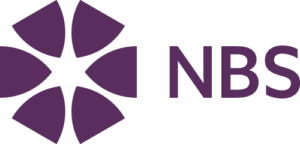.NET
Stock status always up to date with .NET application

















